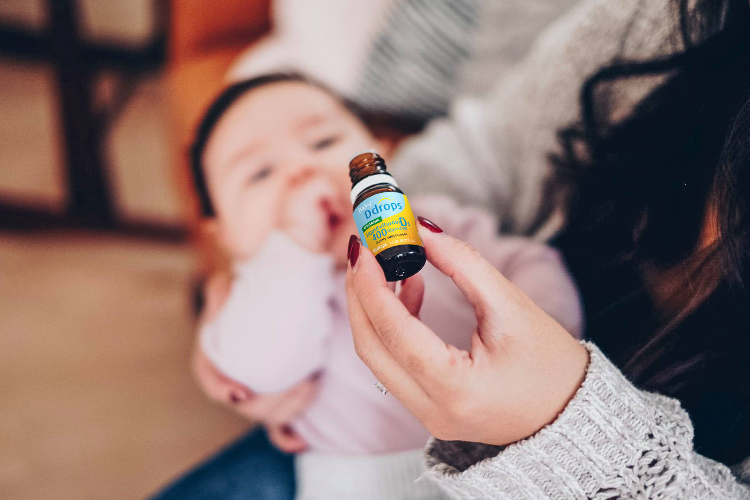November 9, 2017
Our bodies require varying amounts of vitamin D throughout our lifetime. These recommended daily intakes (RDI) are based on our age: 400 IU for infants 0-12 months; 600 IU for children 1 – 18 years old; 600 IU for ages 19-70 years old; 800 IU for anyone above 70 years; 600 IU for any woman who is pregnant or breastfeeding.[1] However, questions have been raised about how excess body fat may play a role in one’s vitamin D requirements.
Reality!
Vitamin D is a fat-soluble vitamin and is therefore stored in our body’s fat. The higher the amount of fat a person has, the higher the amount of vitamin D that is being stored, thereby reducing the amount of vitamin D circulating in our blood to be used by our bodies. A person with excess body fat is likely storing more vitamin D than anticipated and requires an additional through diet, sunlight exposure, and supplementation. The amount of fat a person has does not affect their ability to synthesize vitamin D from sunlight or to metabolize it from diet and supplements. It does affect the amount actually available to your body for use.[2]
Who needs more
People with a body mass index (BMI) of 25 and above may require increased amounts of vitamin D. To figure out your BMI, you can use an online calculator or talk to your doctor. If your BMI is 25-29.9, you are considered overweight for your height. If your BMI is 30 or higher you are considered obese. If you happen to fall into one of these categories, then you may require an increased amount of vitamin D intake. If your BMI is between 18.5-24.9, then you are a normal weight for your height and should follow the RDI for your age.
How much more?
Typically, if you are “overweight” you can multiply your age’s RDI by 1.5, and if you are “obese”, you can multiply your age’s RDI 2-3 times, and these numbers are an idea of what your daily recommended amount should be.[3] For example, the RDI for a 30-year-old is 600 IU. If that 30-year-old is overweight, then they should be taking close to 900 IU daily. If that 30-year-old is obese, they require 1200-1,800 IU daily. For an adult, doses up to 4,000 IU are considered safe.[4]
As always, the best vitamin D advice comes from your healthcare practitioner. Always speak with your healthcare practitioner regarding your specific needs around vitamin D supplementation.







Để lại một bình luận
Trang web này được bảo vệ bằng hCaptcha. Ngoài ra, cũng áp dụng Chính sách quyền riêng tư và Điều khoản dịch vụ của hCaptcha.